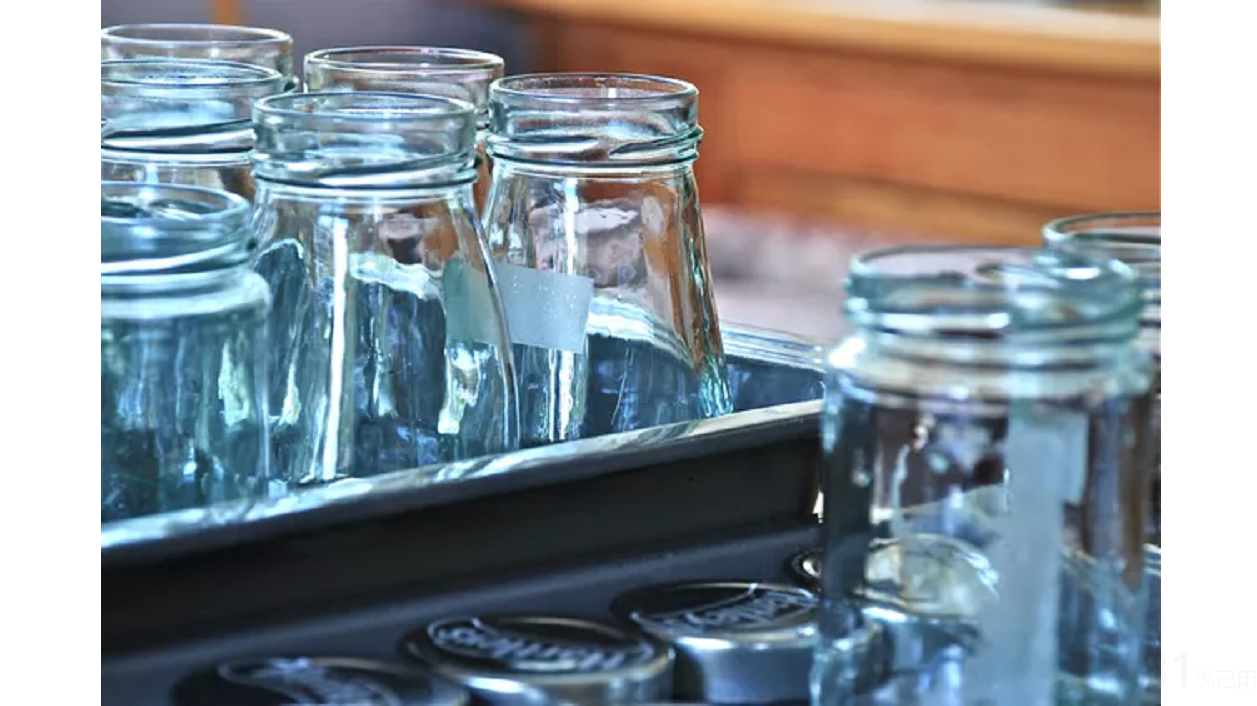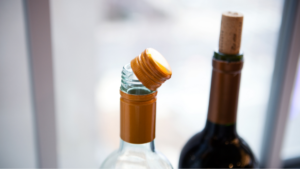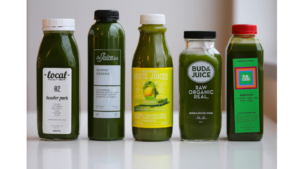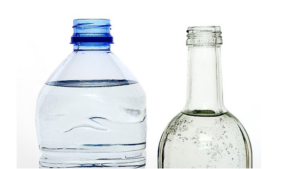Glass packaging is the best and safest packaging material which is widely preferred by all industries. Importing empty glass bottle packaging from your professional glass bottle manufacturers, or even manufacturing your own bespoke designed bottles for your specific products is the first thing you need to think deeply. How will you deal with the new empty glass bottles and jars? How will you sterilize your glass packaging before bottling? In this article, we will focus on easy but practical ways to sterilize glass containers.
Why Sterilize Glass Bottles & Jars?
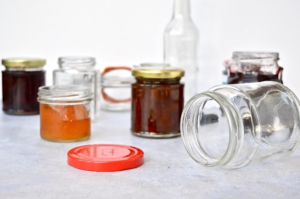
The glass jars, whether brand new or reused many times over, food or beverages producers should always wash and clean the jars, but also need to sterilize jars. Because empty glass jars, no matter new and re-used, are not sterile when out of the box. Being in a box or covered in plastic wrap is not the same as a sterile environment. What’s more, contamination by microorganisms can’t be seen with our bare eyes.
Sterilizing is a crucial part of preserving to remove any bacteria, yeasts or fungi thus protecting the food you put into the jar. Dirty or jars not correctly cleaned will infect the food inside, and it will spoil very quickly.
- kill the bacterial and micro-organisms that may be on the surface of the jar. Even if you open a fresh pack of canning jars from the store, they are not completely clean. Dust, particles, bacteria, and organisms that you cannot see, taste or smell are always among us. These bacteria combined with your foods can cause other organisms to grow that contaminated your foods.
- The second reason is you are putting high quality food in glass jars for long term storage. Any contaminates on the glass jars can affect the taste of the storage product. A clear jar ensures the peanuts paster will taste just as wonderful a year from now as they do when you put them in the jars.
Therefore, sterilization is necessary before filling the jars.
What is Sterilization:
Sterilization refers to any process that removes, kills, or deactivates all forms of life (in particular referring to microorganisms such as fungi, bacteria, spores, unicellular eukaryotic organisms such as Plasmodium, etc.) and other biological agents like prions present in a specific surface, object or fluid, for example food or biological culture media. Sterilization can be achieved through various means, including heat, chemicals, irradiation, high pressure, and filtration.
Some notes that you have to keep in mind before sterilizing glass jars.
Note 1: Do not add cold food to hot jars, or hot food to cold jars. Otherwise will shatter which is dangerous.
Note 2: Do not boil metal lids and sealing rubber rings. Although the rubber or plastic will not completely melt, the lid will no longer fit properly onto the jars.
Note 3: Be sure that the sterilizing area clean. Sterilizing glass jars is pointless if your working place is not clean. Even though you have cleaned your jars, they can easily be contaminated with bacteria from the surrounding areas.
Note 4: Use oven mitts, protecting your hands from burning. Because sterilizing means subjecting your glass jars under high temperatures so you need to make sure that you handle your jars with care.
Sterilizing is a quick and easy process so therefore should never be omitted. Here are simple ways to achieve proper sterilization and make all your efforts at jam making, bottling and canning a success.
Ways to Sterilize Glass Jars
1. Using The Oven Method

This is the most reliable method to ensure that your jars are thoroughly clean before putting your preserves in them. It takes longer though compared to the other methods because the process takes about 30 minutes. The oven method also works well with jars that have rubber rings and clip tops.
- Preheat your oven to 120C. Do not heat more than the recommended temperature or your glass jars might break.
- Lay 2 layers of newspaper on the oven’s shelves but not on its floor. For gas ovens, make sure that the newspapers are not near any flame.
- Arrange your glass jars inside the oven and see to it that they do not touch each other.
- Sterilize your jars for 20 minutes or more.
- Use oven mitts to remove the jars from your oven. Put them on a heating pad or a heatproof mat.
2. Using The Microwave
Microwave is ideal for regular glass jars but not for jars with metal lids and Kilner-style ones.

- All you have to do is clean your jars and then rinse them. Make sure that they are not dry when you put them in your microwave.
- Microwave them for 30-45 seconds based on your jars’ size.
3. Using The Dishwasher
This sterilization method is good if you own a steam dishwasher or if your machine has a setting for high temperature. You can use this method for Kilner-style glass jars and jars with screw tops, rubber rings, and clip tops.

- Fill the dishwasher with the cleaned jars.
- Run a rinse cycle and make sure that the ending time will match the time when your preserves, pickles, or jams are ready for canning.
- Once the rinse cycle is done, take one jar at a time and fill them with the hot preserve/jam.
The dishwasher sterilization method is obviously an easy one, but it uses up plenty of water. Plus, it is hard to time the cycle’s ending with the time when your product is ready for canning.
4. Using Boiling Water
The fourth method is by using a stove if you do not have a microwave, dishwasher, or oven. Below is a short video showing how to sterilize glass jars using a stove:
The actual sterilization process using a stove will approximately take around 25 minutes.

- Get a large pot or a boiling water canner.
- Place the glass jars in the pot with their top parts facing upward.
- Cover your jars completely with hot water (not boiling). Make sure that the water level is one inch higher than the height of your jars in the pot.
- Wait for the water to boil.
- Start timing when the water boils. Remember the suggested timing based on your location’s altitude.
- After the boiling process is completed, turn off your stove. Leave the jars in the pot if you will not start the canning process yet.
- Use tongs or jar lifters to remove your jars from the pot.
- Drain the jars well and then let them dry.
Adapting to Altitude When Boiling the Glass Jars
Submersing glass jars in boiling water is the standard method for sterilization, but altitude affects the temperature at which water boils. Higher altitudes lower the boiling point of water. For this reason, you’ll need to adjust the time the glass jars spend in boiling water if you live at a higher altitude. The baseline boiling time is 10 minutes, but you’ll need to add one additional minute of boiling time for each 1,000-ft. increase in elevation:
- Sea level to 1,000 ft: 10 minutes
- 1,000 to 2,000 feet: 11 minutes
- 2,000 to 3,000 feet: 12 minutes
- 3,000 to 4,000 feet. 13 minutes
- 4,000 to 5,000 feet: 14 minutes
- 5,000 to 6,000 feet: 15 minutes
- 6,000 to 7,000 feet: 16 minutes
5. Using White Vinegar

- White distilled vinegar is a natural sanitizer, killing bacteria as well as or better than commercial sanitizing solutions. Fill your bottle one third of the way with white distilled vinegar.
- Fill the rest of the bottle up to the top with hot water. Let bottle stand for ten minutes.
- Empty bottle and rinse until vinegar odor dissipates. This may take two or three full rinses with hot water.
- Leave out to air dry.
Tips on Sterilizing Glass Jars
- Leave pickles, preserves, and jams for about 15 minutes before you seal them.
- Sterilize more glass jars than needed to avoid wasting your time from doing another sterilization process once your product is ready.
- Remove glass jars from your dishwasher or oven only when you need them or they are going to get cold.
- Do not use rusty or damaged jar lids because they will not produce a tight seal. You can use cellophane and wax discs instead.
Conclusion:
Sterilizing glass bottles is a perfect way to reduce the waste of glass products. Recycling and reusing glass jars will absolutely protect our environment from destroying. If you are looking for high end and reliable China glass bottle manufacturer for glass jars and bottles, you are welcome to click our website. As one of the leading glass bottle manufacturers in China, we supply a huge range of food-grade glass containers for various usages.

